Digital transformation and Industry 4.0 are not just buzzwords anymore. In fact, they have become critical initiatives for companies looking to stay competitive and relevant in the fast-paced digital landscape. With the rapid advancement of technology and the rise of the Internet of Things (IoT), businesses are undergoing a significant change, redefining their processes and business models.
landscape. With the rapid advancement of technology and the rise of the Internet of Things (IoT), businesses are undergoing a significant change, redefining their processes and business models.
In this context, Zapoj Critical Event Management (CEM) platform is a powerful tool that can help companies realize their digital transformation goals and enable Industry 4.0. This blog post will explore how Zapoj CEM can help organizations achieve their digital transformation and Industry 4.0 goals in 2023.
Real-time monitoring of assets and equipment
One of the most significant advantages of Zapoj CEM is its ability to provide real-time monitoring of assets and equipment. With the help of IoT sensors and other connected devices, the platform can capture real-time data from various sources and analyze it to identify trends, patterns, and anomalies. This enables organizations to gain real-time insights into the performance of their assets and equipment, identify potential issues before they occur, and take proactive measures to avoid downtime and losses.
Predictive maintenance and condition monitoring
With real-time monitoring, Zapoj CEM enables predictive maintenance and condition monitoring. The platform uses advanced analytics and machine learning algorithms to detect anomalies and predict the likelihood of equipment failures. This allows organizations to schedule maintenance and repairs in advance, reducing downtime and avoiding costly repairs.
Automating workflows
Zapoj CEM can help organizations automate their workflows, which is a critical aspect of Industry 4.0. The platform can integrate with various business applications, such as ERP, CRM, and supply chain management systems, to automate tasks, streamline processes, and reduce the risk of errors.
Streamlining collaboration
 Zapoj CEM enables real-time collaboration and communication among teams, which is critical for Industry 4.0. The platform provides a centralized workspace where teams can collaborate, share information, and respond to critical events in real-time. This improves overall efficiency, reduces response times, and enhances decision-making.
Zapoj CEM enables real-time collaboration and communication among teams, which is critical for Industry 4.0. The platform provides a centralized workspace where teams can collaborate, share information, and respond to critical events in real-time. This improves overall efficiency, reduces response times, and enhances decision-making.
Ensuring business continuity
Industry 4.0 emphasizes the need for business continuity and resilience. Zapoj CEM can help organizations achieve this by providing a real-time view of critical events and enabling rapid response and remediation. The platform allows organizations to create custom workflows, automate notifications, and assign tasks to ensure timely response and resolution of critical events.
Enhancing situational awareness
Zapoj CEM provides a comprehensive view of critical events and incidents, enabling organizations to make informed decisions in real-time. The platform uses advanced analytics and machine learning algorithms to analyze data from various sources, such as social media, news feeds, and sensors, to provide real-time situational awareness.
Improving risk management
Digital transformation and Industry 4.0 introduce new risks and challenges. Zapoj CEM can help organizations improve their risk management by providing real-time risk intelligence and enabling proactive measures to mitigate risks. The platform allows organizations to create custom risk models, monitor critical assets, and respond to incidents in real-time.
Facilitating compliance
Industry 4.0 requires compliance with various regulations and standards. Zapoj CEM can help organizations achieve compliance by providing real-time visibility into critical events and enabling rapid response and remediation. The platform can also generate compliance reports and audit trails to ensure that organizations meet regulatory requirements.
Conclusion
In conclusion, Zapoj CEM is an indispensable tool for companies that are striving to achieve digital transformation and Industry 4.0. It provides a centralized platform to monitor and respond to critical events in real-time, which is essential to achieve the level of efficiency required by today’s business environment.
Whether you’re in the manufacturing, healthcare, or supply chain industry, Zapoj CEM can help you streamline your operations and improve your bottom line. It provides an end-to-end solution that enables you to stay on top of critical events and take corrective action immediately, minimizing downtime and reducing the risk of lost revenue.
your operations and improve your bottom line. It provides an end-to-end solution that enables you to stay on top of critical events and take corrective action immediately, minimizing downtime and reducing the risk of lost revenue.
In addition to its core features, Zapoj CEM also offers custom integration with other tools and platforms, making it a truly versatile solution for any business. With a team of experts on hand to help you with implementation and ongoing support, Zapoj CEM is the ideal partner for your digital transformation journey.
As the business landscape continues to evolve, it is more important than ever to have a tool that can keep up with the pace of change. Zapoj CEM is designed to help businesses of all sizes stay agile and adaptable, regardless of the challenges they face. With its powerful features and user-friendly interface, Zapoj CEM is the ideal solution for any business looking to achieve digital transformation and Industry 4.0 in 2023 and beyond.
 Ransomware attacks can be devastating, causing significant damage to an organization’s reputation, finances, and operations. That’s why it’s crucial to be prepared for such an event, and simulation exercises can help.
Ransomware attacks can be devastating, causing significant damage to an organization’s reputation, finances, and operations. That’s why it’s crucial to be prepared for such an event, and simulation exercises can help.
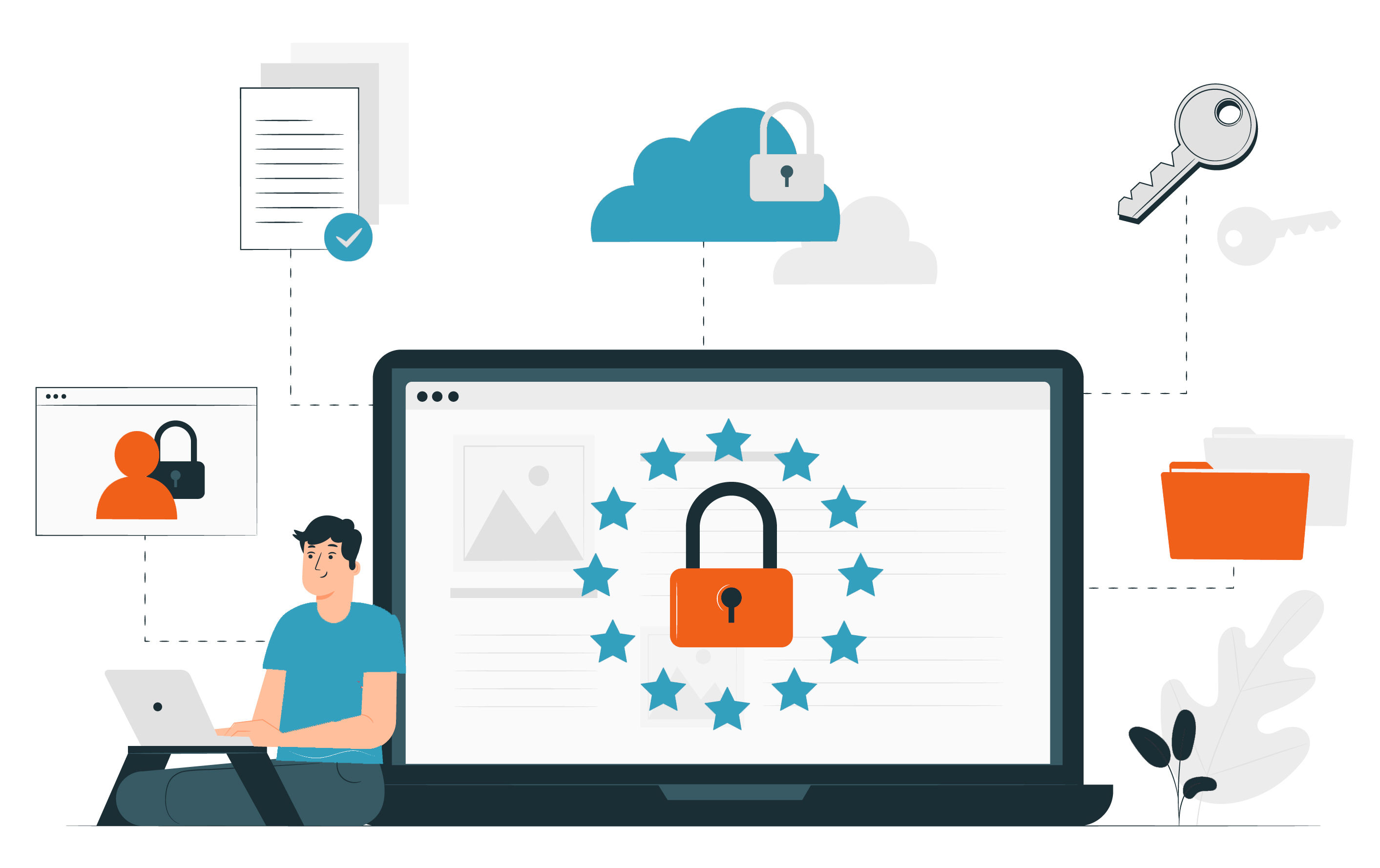 exercises provide a safe and realistic environment to test response plans, identify vulnerabilities, and improve incident response time. By incorporating simulation exercises into their cybersecurity training, organizations can build a culture of awareness and preparedness that will help them withstand the constant threat of cyber-attacks.
exercises provide a safe and realistic environment to test response plans, identify vulnerabilities, and improve incident response time. By incorporating simulation exercises into their cybersecurity training, organizations can build a culture of awareness and preparedness that will help them withstand the constant threat of cyber-attacks.


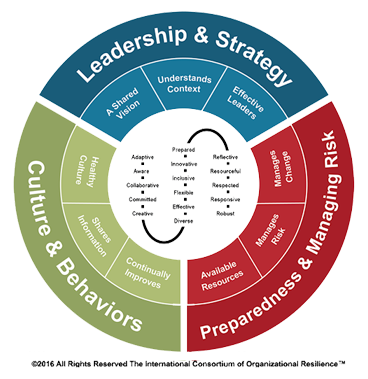
 The standard emphasizes the importance of senior leadership in establishing and maintaining a BCMS and requires their active participation and commitment.
The standard emphasizes the importance of senior leadership in establishing and maintaining a BCMS and requires their active participation and commitment. ISO 22316, and ISO 22398 requires a coordinated effort between senior leadership and the rest of the organization. Here are some best practices for implementing resilience management frameworks:
ISO 22316, and ISO 22398 requires a coordinated effort between senior leadership and the rest of the organization. Here are some best practices for implementing resilience management frameworks: plays a critical role in establishing a culture of resilience throughout the organization and ensuring that the organization has the necessary resources and capabilities to prepare for, respond to, and recover from such events.
plays a critical role in establishing a culture of resilience throughout the organization and ensuring that the organization has the necessary resources and capabilities to prepare for, respond to, and recover from such events.



 landscape. With the rapid advancement of technology and the rise of the Internet of Things (IoT), businesses are undergoing a significant change, redefining their processes and business models.
landscape. With the rapid advancement of technology and the rise of the Internet of Things (IoT), businesses are undergoing a significant change, redefining their processes and business models. Zapoj CEM enables real-time collaboration and communication among teams, which is critical for Industry 4.0. The platform provides a centralized workspace where teams can collaborate, share information, and respond to critical events in real-time. This improves overall efficiency, reduces response times, and enhances decision-making.
Zapoj CEM enables real-time collaboration and communication among teams, which is critical for Industry 4.0. The platform provides a centralized workspace where teams can collaborate, share information, and respond to critical events in real-time. This improves overall efficiency, reduces response times, and enhances decision-making.



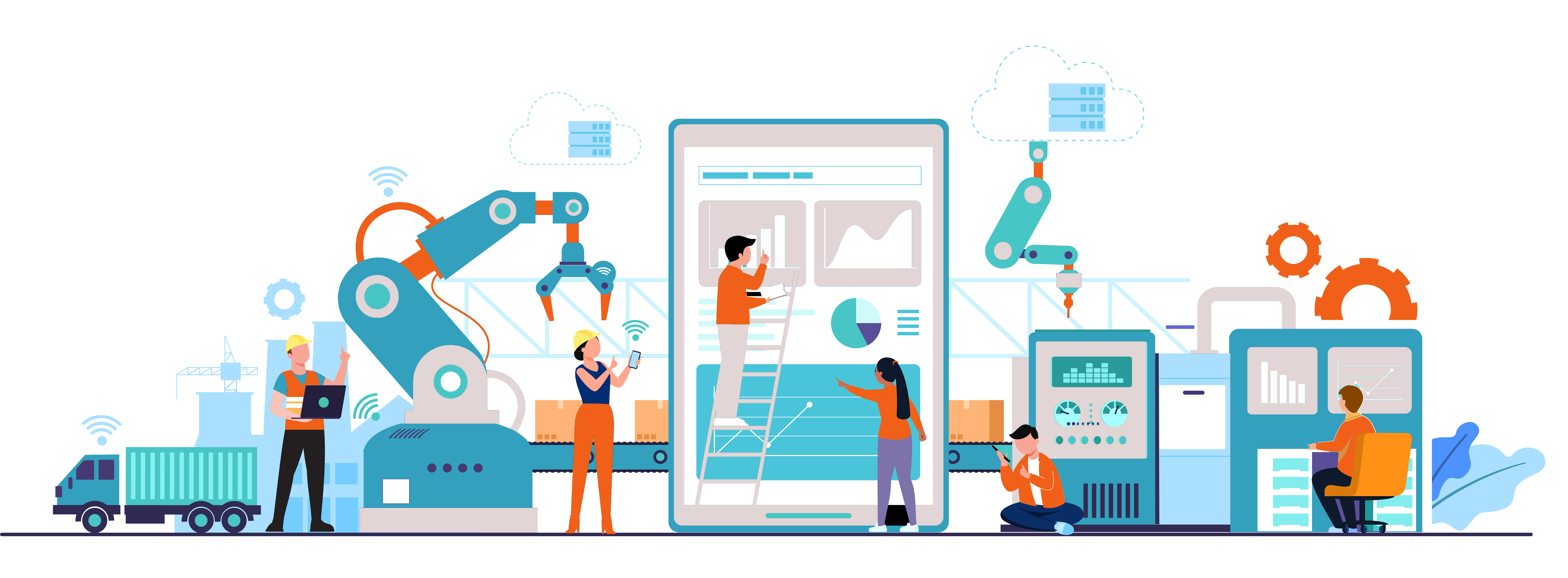
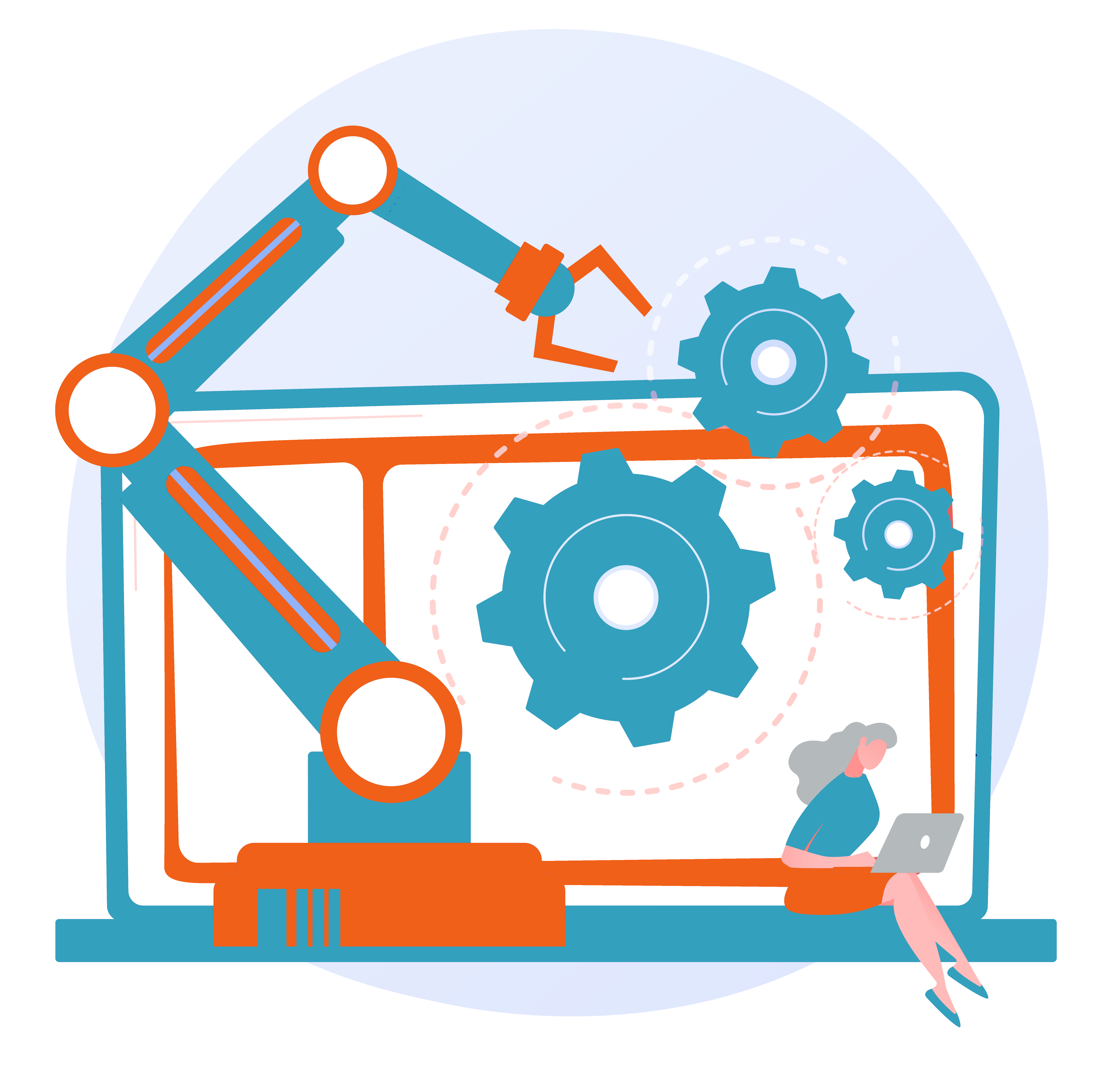 manage and deliver IT services. By leveraging AI technology, organizations can gain deeper insights into their IT
manage and deliver IT services. By leveraging AI technology, organizations can gain deeper insights into their IT

 Artificial intelligence in financing abstract concept vector illustration. Financial robo advisor, AI hedge funds, artificial intelligence, technology-based finance service abstract metaphor.
Artificial intelligence in financing abstract concept vector illustration. Financial robo advisor, AI hedge funds, artificial intelligence, technology-based finance service abstract metaphor.
 are designed to
are designed to algorithms to correlate events across multiple
algorithms to correlate events across multiple service intelligence enables organizations to automate incident
service intelligence enables organizations to automate incident they impact
they impact organizations to automate incident
organizations to automate incident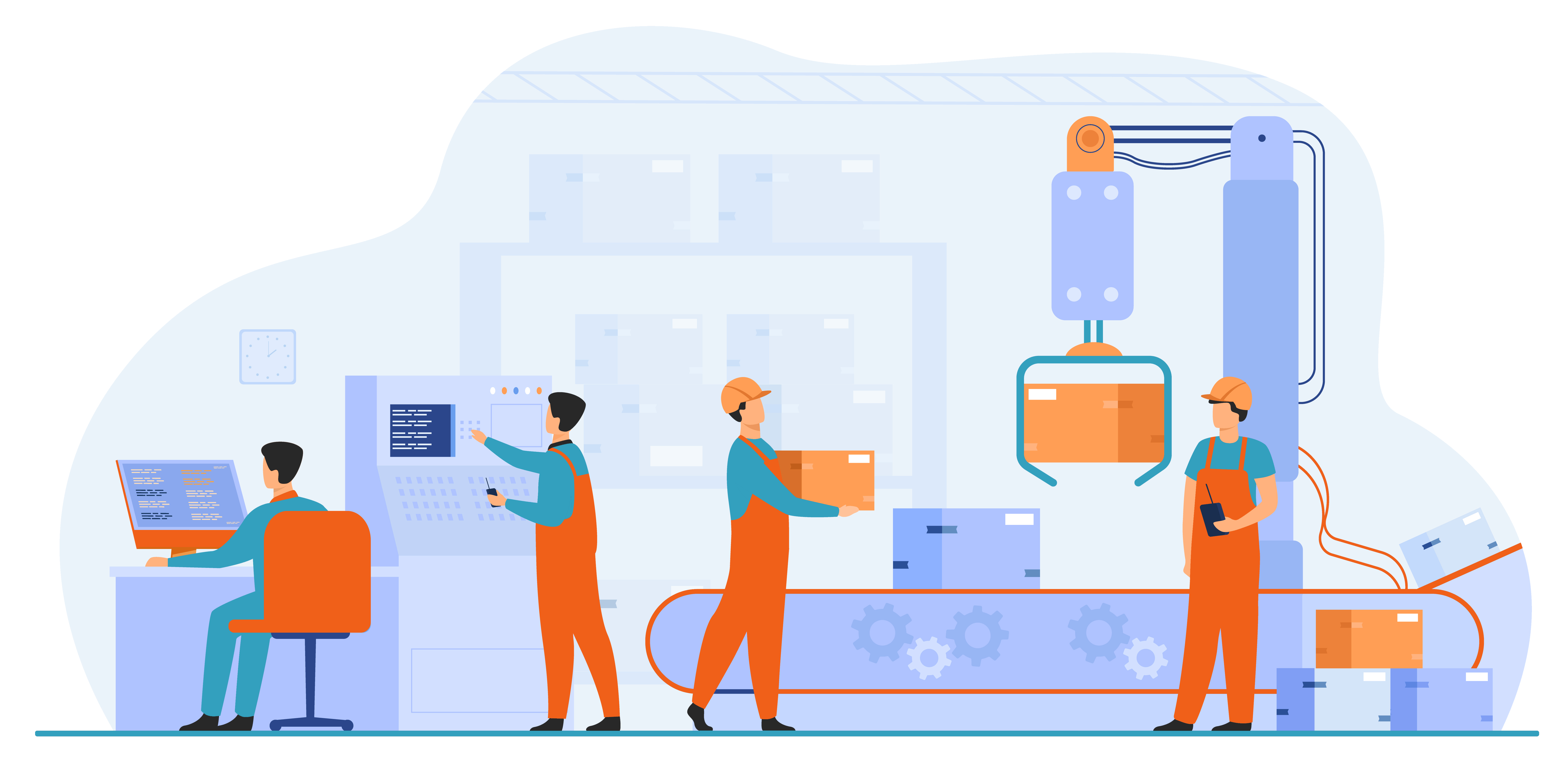



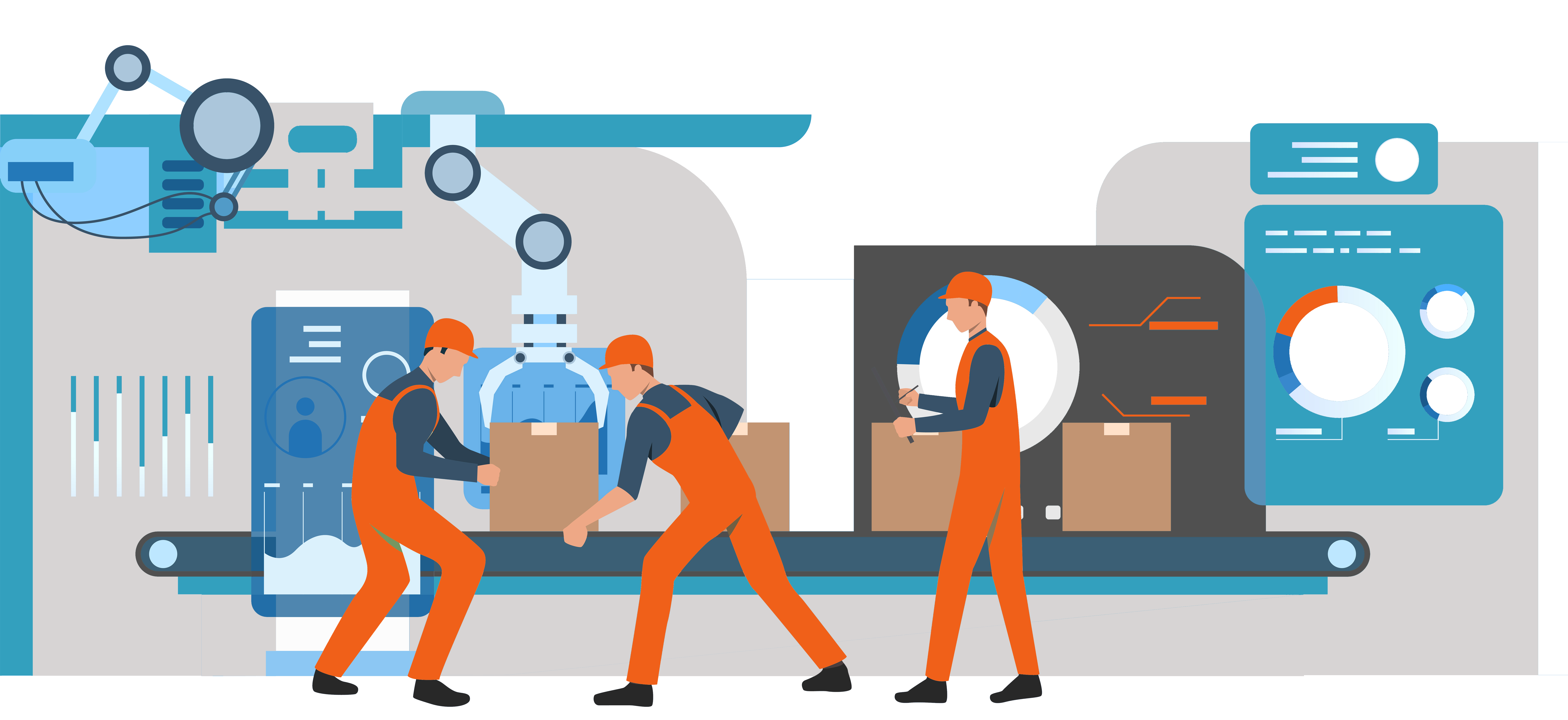
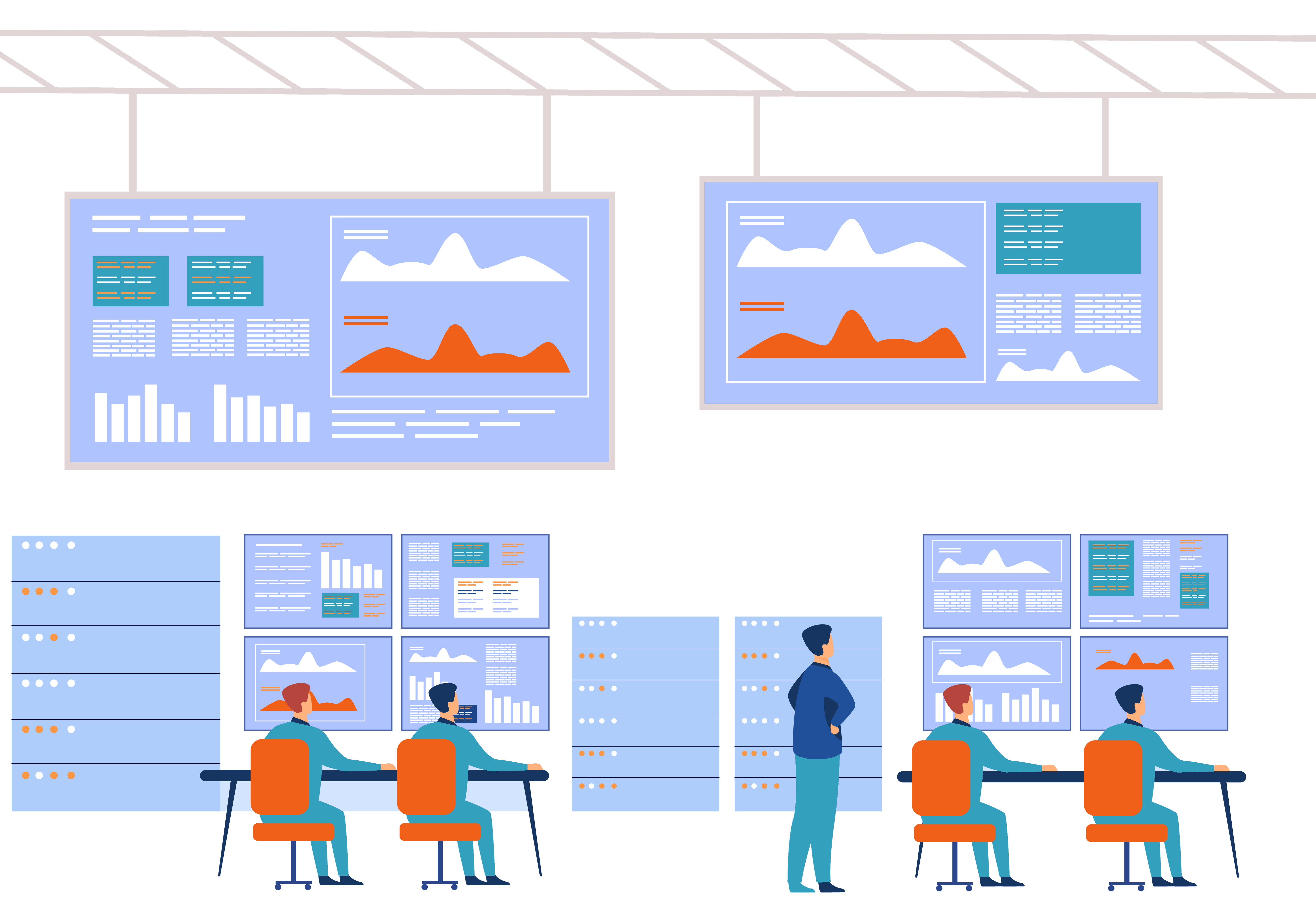

 maintenance accordingly. Predictive maintenance involves using data analysis and machine learning algorithms to predict when maintenance should be performed.
maintenance accordingly. Predictive maintenance involves using data analysis and machine learning algorithms to predict when maintenance should be performed.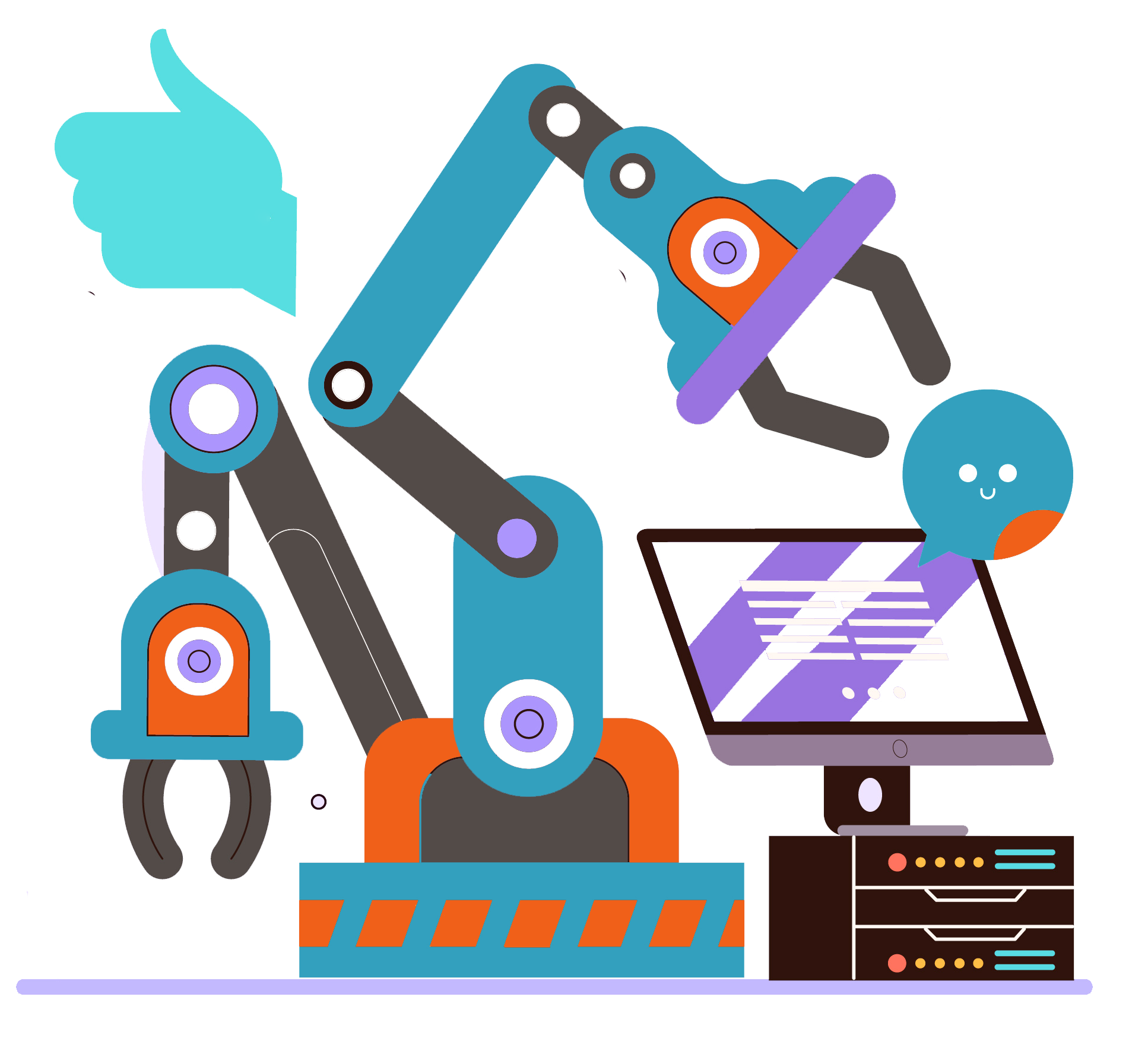

 Service mapping is the process of identifying and documenting the relationship between business services and the IT services that support them. It involves identifying the business services that the organization provides, the IT services that support them, and the dependencies between them. This information is then used to create a service map that visualizes the relationship between the business and IT services.
Service mapping is the process of identifying and documenting the relationship between business services and the IT services that support them. It involves identifying the business services that the organization provides, the IT services that support them, and the dependencies between them. This information is then used to create a service map that visualizes the relationship between the business and IT services. the IT services and the business services they support, you can ensure that everyone is on the same page and working towards the same goals.
the IT services and the business services they support, you can ensure that everyone is on the same page and working towards the same goals.

 can inform decisions around IT investments, resource allocation, and service delivery. With a clear and accurate mapping of business services to IT
can inform decisions around IT investments, resource allocation, and service delivery. With a clear and accurate mapping of business services to IT